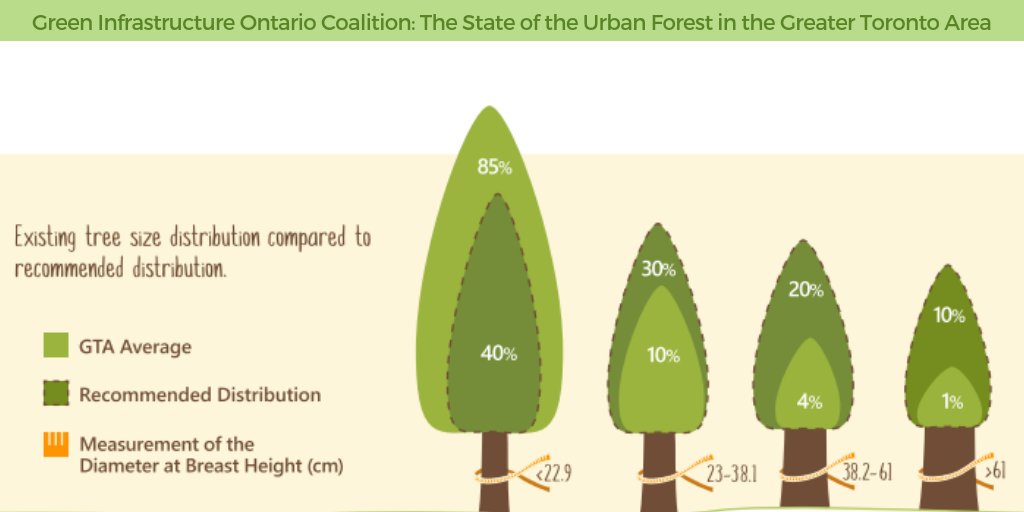After Getting Rid Of Trees, Correct Treatment Is Essential For Landscape Healing; Discover The Necessary Activities To Renew Your Area And Avoid Future Difficulties
After Getting Rid Of Trees, Correct Treatment Is Essential For Landscape Healing; Discover The Necessary Activities To Renew Your Area And Avoid Future Difficulties
Blog Article
Content Author-McMillan Chambers
After a tree's elimination, your landscape might look fairly various, and it's essential to examine the results carefully. You'll want to review the dirt disruption and examine bordering plants for any signs of stress. Neglecting these aspects can lead to larger problems down the line. So, what should you perform with those stumps and roots? And exactly how do you select the most effective plants for your revitalized area? Allow's check out these crucial actions.
Examining the Consequences: Reviewing Your Landscape
After a tree elimination, it's critical to assess your landscape to comprehend the impact it carries your backyard.
Beginning by taking a look at the area where the tree stood. Try to find indications of dirt disruption, and examine the surrounding plants for any kind of tension or damage.
You must likewise bear in mind of how the removal has changed sunshine exposure and air movement in your yard. This shift can influence the development of nearby plants, so it's essential to assess their wellness.
Think about the aesthetic facets also; the removal might create an open space that you can upgrade.
Finally, think of any possible disintegration concerns that might arise from the tree's absence. Resolving these factors early will help recover balance to your landscape.
Taking care of Stumps and Roots: Choices for Elimination
As soon as you have actually examined the after-effects of the tree removal, you'll likely require to deal with the stump and roots left behind.
You have a few choices for elimination. One efficient method is stump grinding, where a professional makes use of a machine to grind the stump down to below ground degree. This approach leaves minimal disruption to your landscape.
If you choose a DIY approach, you can make use of a combination of excavating and chemical stump eliminators. Simply bear in mind, this process can take time and initiative.
Additionally, think about leaving the stump as an all-natural function, which can act as a distinct garden aspect or habitat for wild animals.
Whatever you pick, resolving the stump and origins is necessary for restoring your landscape.
Selecting the Right Plant Kingdoms for Your New Room
As you evaluate your newly cleared space, choosing the right plants can significantly improve your landscape's charm and functionality.
Start by considering the sunlight and dirt conditions. For sunny areas, opt for drought-resistant plants like lavender or succulents. In shaded https://www.sfchronicle.com/california-wildfires/article/Tree-trimming-business-flourishes-in-wake-of-13589013.php , brushes and hostas thrive well.
Think of the size and development practices of your plants; mix perennials and annuals for seasonal selection. Don't fail to remember to incorporate indigenous species; they require less upkeep and assistance neighborhood wild animals.
Team plants in strange numbers for a more natural appearance and develop layers for aesthetic deepness.
Ultimately, guarantee you have a mix of colors and structures to maintain your landscape lively throughout the seasons.
Satisfied planting!
Conclusion
To conclude, restoring your landscape after tree elimination is a gratifying process. By evaluating the consequences, addressing stumps and origins, and selecting the right plants, you'll produce a flourishing environment. Do not forget to include disintegration control actions to safeguard your dirt. With a little initiative and treatment, you can change your space into a lively garden that boosts your property. Welcome the possibility to invigorate your landscape and delight in the elegance of nature right in your backyard!
